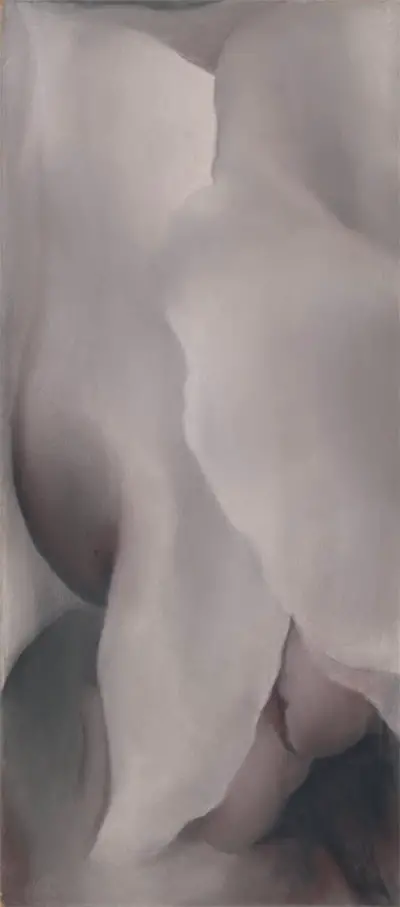Dark Iris No III, however, was the source of misconception as some believed it to portray the female genitals. Everyone was surprised at the painting, including her husband, Alfred Stieglitz. Stieglitz allegedly asked her if she would have the audacity to show the artwork to the world, but she ignored his remarks and went on to unveil the painting in 1926. The painting was symbolic as hailed by some authors and considered to have a deeper meaning.
The painting of the iris flower was in fact symbolic in nature. Iris was a Greek word for rainbow or many colors. The flower came in many varieties and colors. The flower was named after a goddess called Iris who served as a link between earth and heaven in ancient history. According to the myth, purple Irises were planted next to the grave of women so as goddess iris would guide the dead women on their way to heaven. The Iris flower has come to represent faith, courage hope, and wisdom throughout history.
In Georgia O'Keeffe’s drawing she greatly magnifies the flower to display its beauty. In her painting, the petals have two colors the lower part is deep purple or black, and the upper part is lavender. At the center, there is a black hole. The painting gave the viewers erotic imagery, which was not her intended idea. Viewers claimed the artwork to be erotic and depicting the female anatomy. Also, the newspapers termed her as a feminist in her error. The people saw her, incorrectly as a woman trying to fight for the rights of women in society.
Georgia O'Keeffe would later come to deny this and said her focus was on the flower only. In a statement, Georgia O'Keeffe said the drawing's primary purpose was to display the overlooked details in a flower. In her view, she just didn’t see a flower but a compilation of elements. The petal had two mixture of colors, which made the flower beautiful to the human eye. O'Keeffe's purpose was to capture the overlooked part of the flower with its sensual shape and design. The daring composition of colors made her work exceptional. By painting the flower on an enormous scale, O'Keeffe allows the viewer to confront the most overlooked part of the painting. In order to understand the painting, one had to think, and this has made the Dark Iris No. III be one of the most celebrated paintings. The piece now resides in the Metropolitan Museum of Art in New York City.
